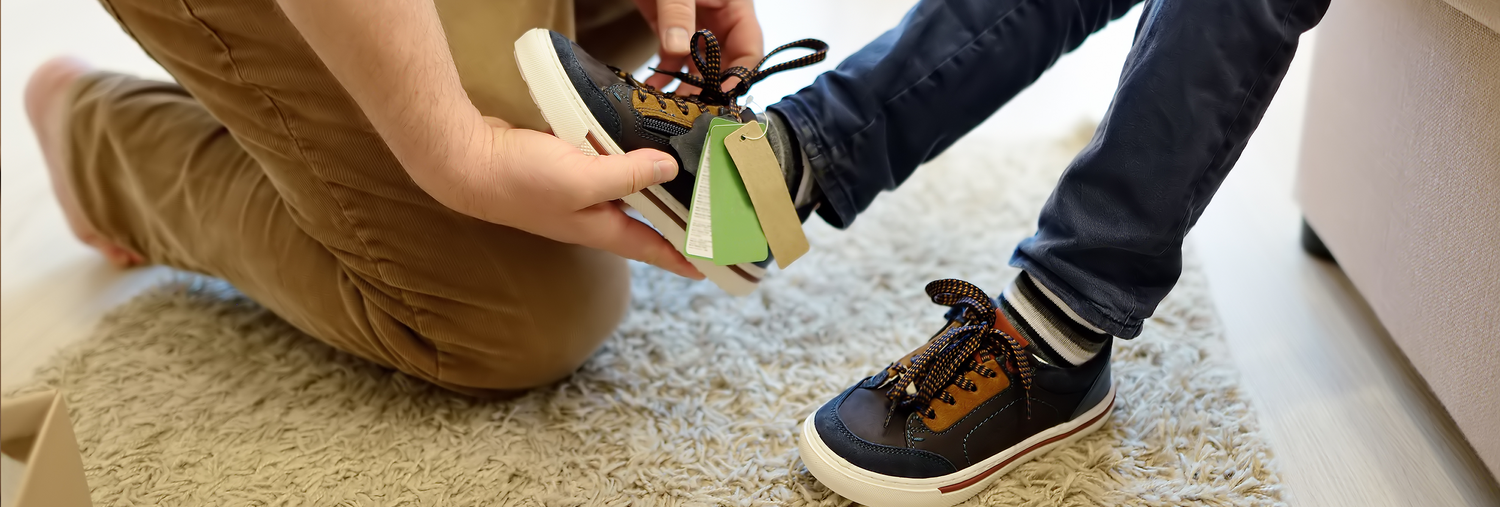
What makes a good shoe?
While opinion differs widely on this, at Doctor Greene’s we believe shoes should be comfortable, practical and well-fitting. If your shoes cause pain, this means they’re not properly fitted to your foot.
Walking barefoot allows the foot to work naturally. Continuous sensory feedback from the ground promotes muscle development, joint and ligament balance. This means the foot can make subtle adjustments and shock absorb effectively.
Given all that, wearing shoes seems unnatural, but has become the norm. It Is vital to choose your shoes carefully, to protect your feet and keep them healthy.
Can you find the perfect shoe?
No shoe exists that can perfectly tick all the boxes of : absolute comfort, protection, support, and desirable aesthetics or ‘looking good’. It can be hard to find a shoe that offers a balance across these considerations.
Try to find shoes that fit well and are comfortable. Narrow, tight or otherwise poorly fitting shoes can cause blisters, corns and calluses, and aggravate other foot problems.
Make sure shoes fit when you are buying them. Contrary to popular wisdom, shoes do not need to be broken in. If your new shoes are painful, either they were not properly designed or they’re not properly fitted to your foot.
The sole of the shoe
Ideally, this should be firm and shock absorptive, which depends on the thickness and material properties of the sole. You should be able gently bend the shoe a little at the midfoot, but if you can easily fold a shoe in half, it won’t protect your foot or absorb stresses well.
The liner or insole is that part of the shoe contacting the sole of the foot. It generally contours to the natural foot, supporting the arch. It also offers cushioning, but will not substitute for a poor sole.
The upper of the shoe
This is the most visible part of the shoe and the part that holds the foot. Ideally, it wraps the foot and toes gently and holds them securely. A good upper is soft and accommodating. It allows the foot to breathe, but protects it from the external environment.
The heel of the shoe
The heel counter or heel cup holds the heel. It should fit snugly to secure the heel, but have a soft edge to avoid blistering.
